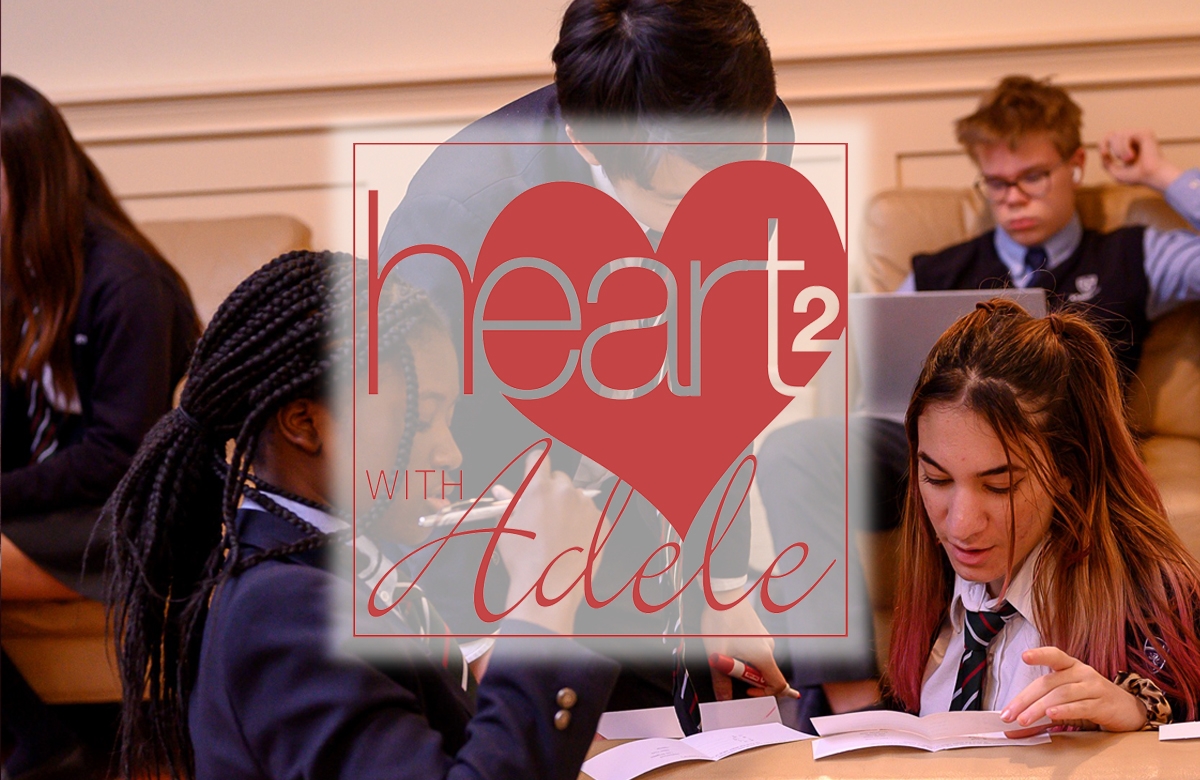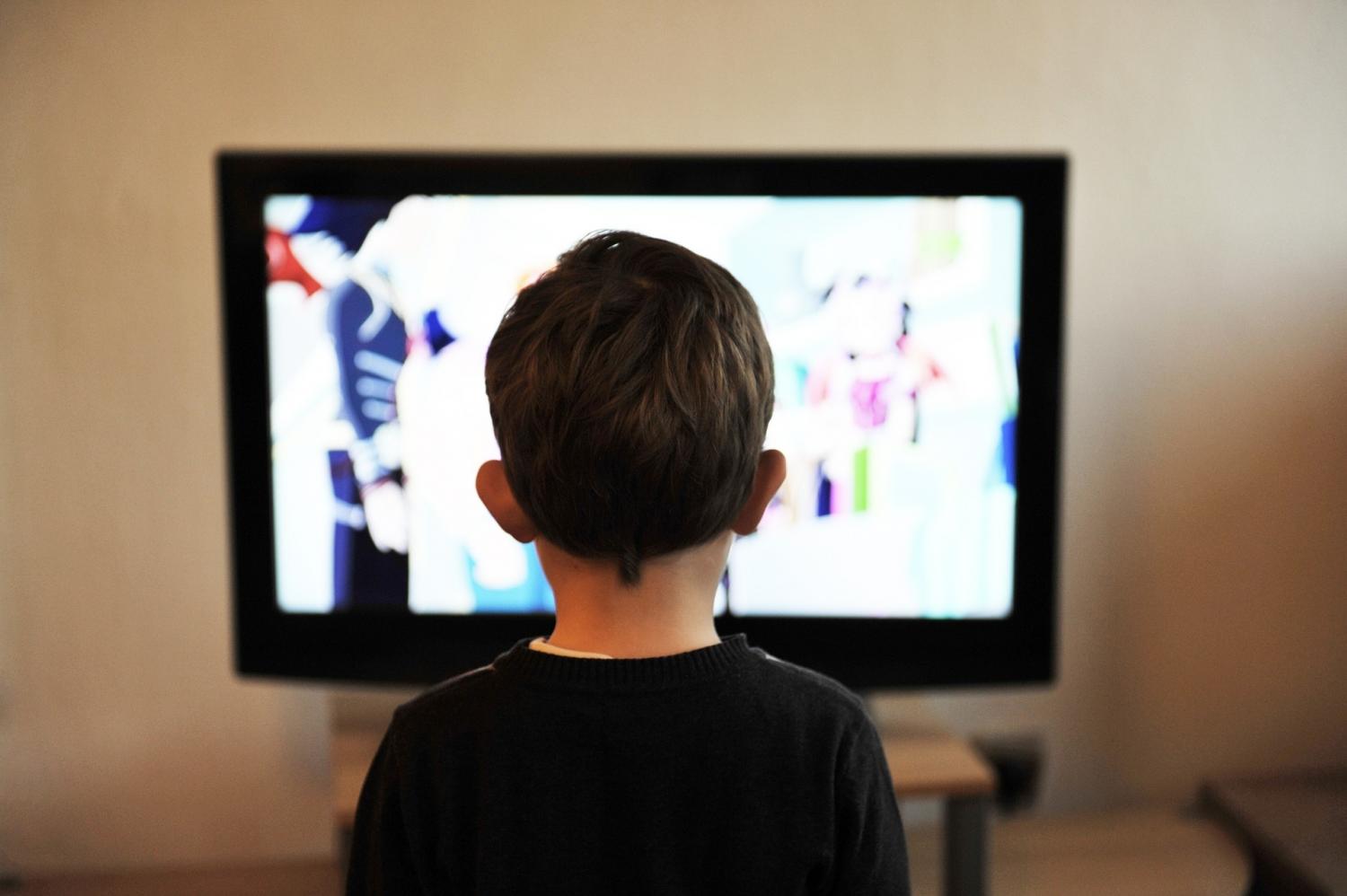
The school uniform debate — the pros and cons
QUESTION:
Dear Adele,
Our school parent council is looking at the pros and cons of school uniforms. It seems that more and more kids are dressing inappropriately for school and our principal has to remind them in assemblies, ‘No Boobs! No Bellies! No Butts!’ I grew up with uniforms in the Catholic schools, so think they are terrific. Other parents seem to favour more individual freedom of expression in school attire. What do you think?
Parent Debater
ANSWER:
Dear Parent Debater,
Some of the wonderful characteristics of democracy are the openness of citizens to discussion and debate on controversial issues, followed by a vote for the option the majority prefers. Hopefully I can contribute to your knowledge on the subject of school uniforms so that the pupils at your school will be able to proceed on this according to the wishes of the majority of parents.
School uniforms are very common all around the world, especially in Catholic schools, and private schools. I personally have seen uniforms on school groups while travelling in Africa, South America, Europe and the Middle East. They have increased in U.S. public schools from 12 per cent in 1999 to 22 per cent in 2015. They are the norm at independent schools across Canada. Ottawa examples are Ashbury College, Joan of Arc Academy and Elmwood School.
Uniforms can be as traditional as dark pants, white shirts with ties and coloured blazers for boys and pleated kilts for girls with white tailored shirts, ties and coloured blazers. Or they can be simple and modern with generic neutral slacks and coloured polo shirts , or tee shirts with a school logo for all students. Some schools have optional pieces as well, such as cardigans, shorts, or hoodies.
Much has been researched and written on the subject. Methodological challenges make 100 per cent determination of causal factors for certain desired outcomes difficult to determine. That being said, this is what I learned:
1: Uniforms seem to impact the learning environment and behaviour of the students positively.
Denise-Marie Ordway, writes in ‘School uniforms: Do they really improve student achievement,’ published in 2018, “The highest performing students are the most disciplined. In addition, for countries where students wear school uniforms, our studies found that students listen significantly better, there are lower noise levels and there are lower teacher wait times with classes starting on time.”
Ordway also states that “We find evidence that uniform adoption improves attendance in secondary grades.”
2: Jennifer Rodriguez writes in ‘The effects of school uniforms on self esteem’, in 2005, “School uniforms are shown to increase self esteem.”
3: Research out of the University of Houston confirms that uniforms improve student attendance and teacher retention.
4: Emily Morten in ‘School Uniforms help prevent bullying, making them worthwhile’, writes “Recent studies show school uniforms prevent bullying and/or people getting hurt, improve children’s discipline and help students stay focussed.”
5: Tansif Anan in 2019 writes “School uniforms remove distractions from the classroom.”
6: Buzz Bishop in ‘The Case for Public School Uniforms’ says that uniforms have a positive effect because how one looks, affects how one feels and therefore how one performs.
7: A CBC article entitled ‘School Dress Code protest giving uniforms new life’ published May27/15 states “There’s no question that with the school uniform, we had a lot less issues with students dressing inappropriately…It raised the bar way up.”
The article goes on to say that few people could deny that some young people dress inappropriately with revealing attire, clothing that is too tight, and items which are overly sexualized or associated with gangs or foul language. Such dress is distracting and not conducive to preparing students for the workforce where clothing like that is unacceptable. The decision as to what constitutes inappropriate is a difficult task for male educators with female students, in particular.
This article stated that “The majority of students’ parents also felt the uniforms had a positive impact.”
8: An article by Brooke Wilson entitled ‘School Uniforms More Popular in Canada- Are You on Board?’ states that uniforms diminish the class differences between students. They save time getting dressed in the morning because choices are reduced. They keep outsiders out of the school because those without a uniform are easily visible. Clothing associated with gangs is eliminated and the risk of weapons is also reduced because there is nowhere to hide weapons. Wilson says uniforms reduce distractions and results in more focus on learning and school work. Finally, confidence is increased because factors like performance and personality rather than brand names and dress styles become important factors in gaining social status.
9: Costs for school clothing becomes predictable and minimal annually. Second-hand clothing can be secured from students in higher grades. Opponents claim uniforms can cost more that assorted freely bought items of choice.
10: Opponents of uniforms in schools are big on the freedom of expression as a value in a free society. Being able to choose one’s own attire does allow for more of this although opportunities for individual expression can be achieved by uniformed students through their academic accomplishments, extracurricular involvement and personality traits in dealing with other students.
11: Opponents claim the research is inconclusive regarding the benefits of uniforms especially around bullying and violence.
12: Comments from readers about the articles I reviewed included the following supportive ideas: the pressure is off to have the right clothes; uniforms make you feel you belong; personality becomes more important than clothes; you feel part of the team; less expensive; easier and faster in the morning; no discrimination; no revealing clothes; reduces class/social issues.
13: No-one could deny that what is needed are supportive schools, high standards and academic performance, whether the young wear uniforms or not. Opponents use these factors to support their position that uniforms are not the causal characteristic in positive student outcomes but rather these other more general and lofty traits are determining traits.
So what do I think about school uniforms you ask?
I think I would have liked to have a comfortable school uniform for my own children because it would have simplified life and impacted positively all kinds of negative social situations which are discussed in the articles quoted previously.
Imagine if a school board commissioned several Ontario designers and clothing manufacturers to create assorted tee shirt and hoodie designs made available in a full array of colours, fabrics and sizes from 00 to 5X. Each school could take orders for the tops in school colours, have the school logo imprinted upon them and apply profits to school causes. These could be paired with generic type jeans or neutral coloured bottoms, and comprise a simple standard uniform for a public school or secondary school. Costs for this kind of uniform would be most reasonable and inexpensive. Used clothing could be sold for profit as well. Such a simple way it seems, to address the myriad of issues the topic of attire seems to create!
Best of luck with your parent council discussion. It is laudable that you are willing to be so involved in your children’s education!
Sincerely, Adele
I'm looking forward to your questions! Email me at maryadeleblair@gmail.com and please put Heart to Heart in the subject line. Note that all columns will remain anonymous.
Header image via Ashbury College








